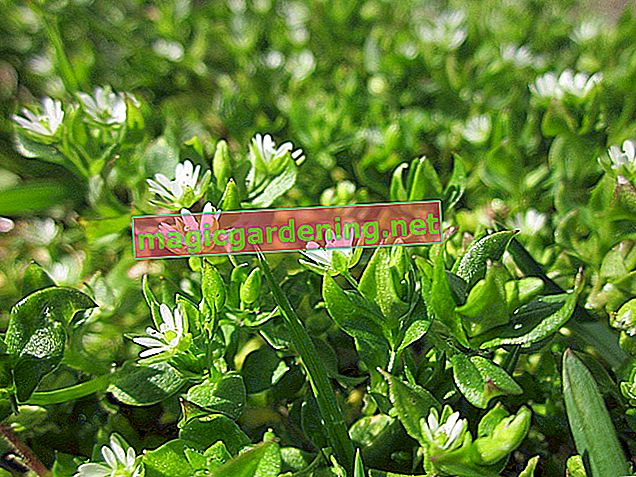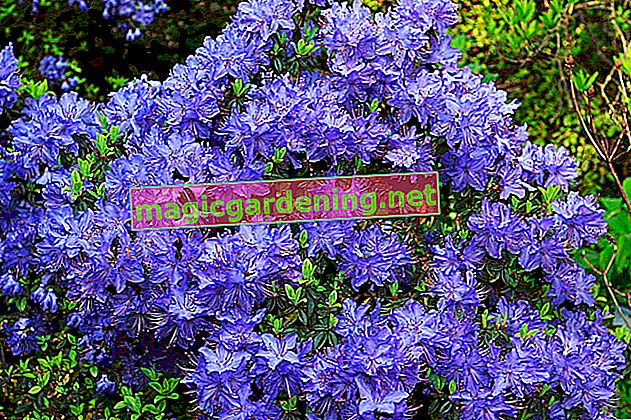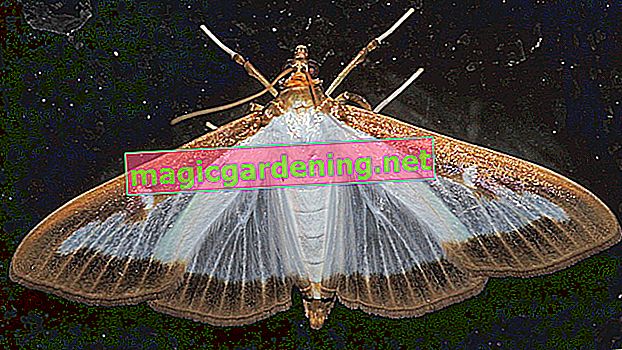
Where chickweed can be found
If you spot chickweed in your garden, it says a lot about the nature of the soil. In fact, she likes nutrient-rich and moist soils. As a pointer plant, it indicates a nitrogen-containing soil that can store water well. The pH is in the weakly acidic or weakly basic range. It tolerates sun and shade. From this description it is not surprising that we can encounter the chickweed in the following places:
- in the middle of the lawn
- in vegetable patches
- between flowers
- on other fallow land
also read
- Fight chickweed successfully
- Chickweed - these are the characteristics that you can recognize as weeds
- Chickweed in the lawn - when white flowers adorn the green
Tips
Since the chickweed blooms almost continuously, its potential for reproduction is enormous. If the herb is undesirable in your garden, don't wait long to control it.
Weeding - arduous but effective
Before the plants cultivated by us awaken to new life at the beginning of the year, many wild plants have long since started. So you can quickly conquer any freely available space. That is why you should check the garden for “weeds” early in the year and weed them promptly.
- Tear up the plant completely
- also pull the shallow roots out of the earth
- this is easier after a rainy day
- Repeat weeding at regular intervals
Tips
If you are short on weeding time, you should at least take care of the plants that have already bloomed. In this way you prevent them from creating countless new plants with their seeds.
Verticulate and mow the lawn
Chickweed plants also appear between grasses. They must be prevented from blooming. The easiest way to do this is to mow the lawn regularly and very briefly. When verticulating, a large part of the plants can be grasped by the shallow roots and pulled out of the lawn.
Close gaps
Take away the habitat of the chickweed by consistently closing gaps in the garden. Plant the plants you like on them before the wild chickweed can conquer them.
- Close gaps in the lawn by overseeding
- Plant ground cover under bushes and perennials
Fertilize the affected area in a targeted manner
Experts fight chickweed with a fertilizer that it doesn't like at all.
- Apply potash fertilizer during the growing season
- work calcium cyanamide into the soil in autumn
Be cautious about using both substances. Otherwise it can quickly happen that you change the soil conditions to the detriment of your crops.
Suppress growth with mulching
You can slow down the spread of the low-growing chickweed with a thin layer of mulch. Any known mulch material is suitable for this. For example leaves or straw. A translucent film also has this effect, but it does not allow rainwater to seep into the ground.








